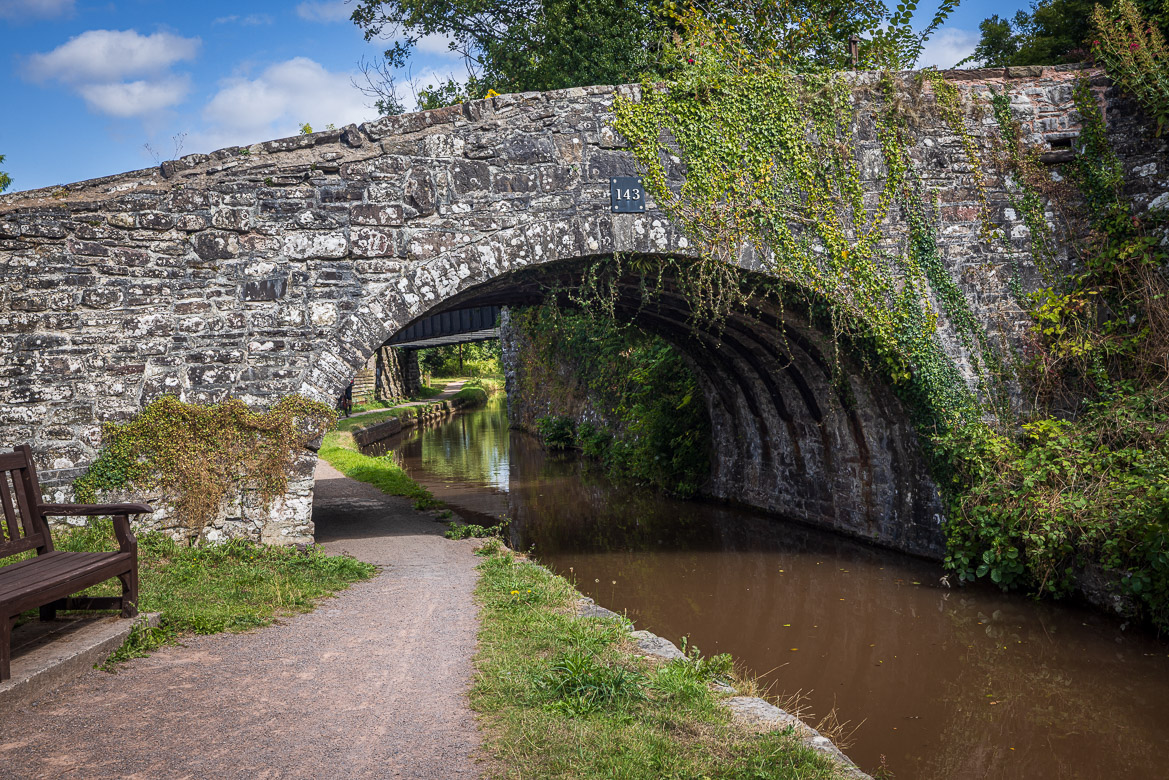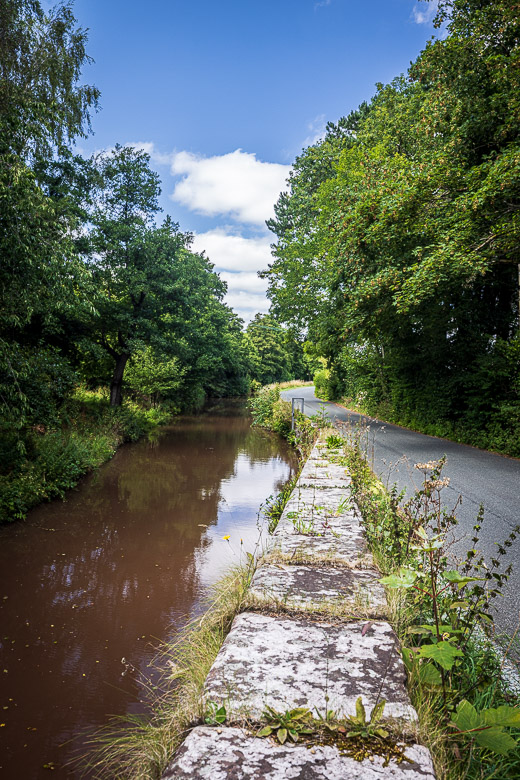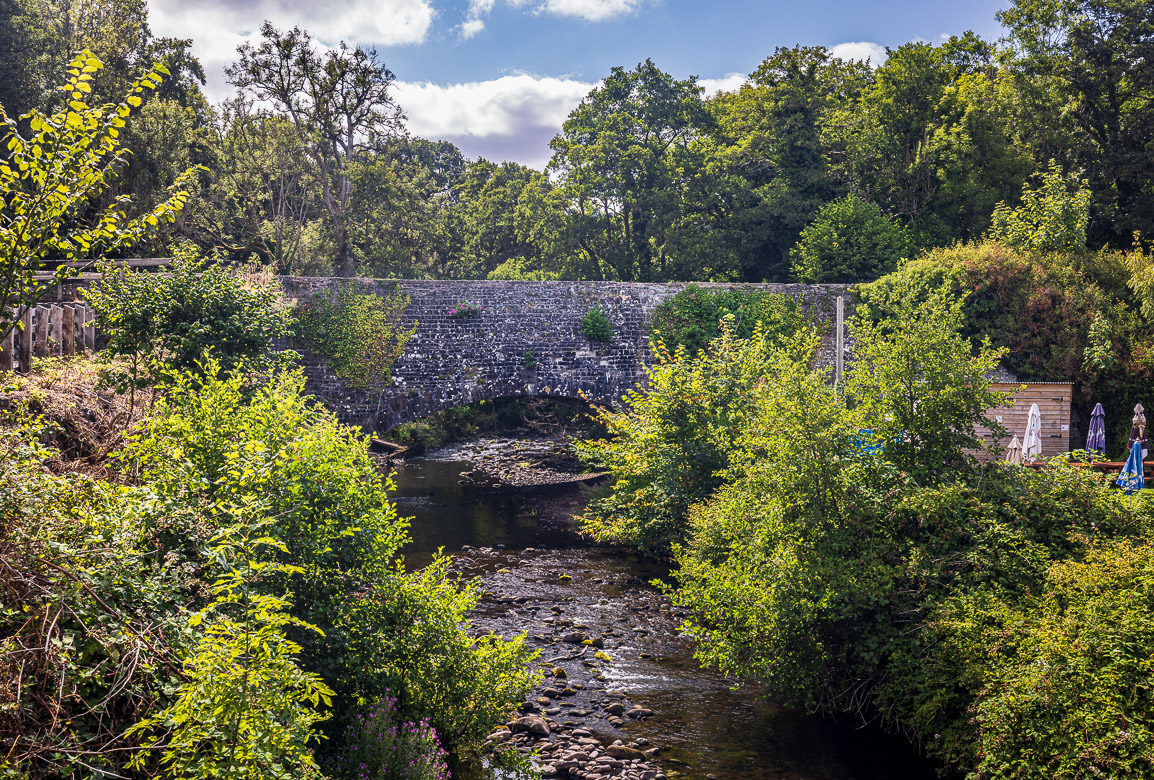
The canal system in England and Wales evolved during the industrial revolution in the 18th century. Today there is a total canal system of around 2,000 miles navigable by narrowboats. Narrowboats are called that because they have to be very narrow to fit the canals, maximum 2.1 metres, but they are normally 21 metres long. Historically, these narrow horse-drawn boats moved goods along the canals, but today there are used for leisure and offers a unique way to see the country.
Our family has never gone on the narrowboats here in England, but we have travelled along the canal system in France, originally built for the same purpose as the British. There are more than 8,500 narrowboats that are registered as permanent homes in Britain.

Monmouthsire and Brecon and Abergavenny Canals were originally built for carrying coal, iron and limestone from the mineral rich mountains in Wales to the harbour at Newport. Only a small part of it is now navigable (35 miles), and it doesn’t connect to the main part of the British narrowboat canal system.
When I had been to Llangynidr to photograph the stone bridge (see earlier post) I couldn’t resist taking a look at Monmouthshire & Brecon canal at Llangynidr and further along the canal.



